A gaming PC is incomplete without reliable and sufficient cooling to keep it performing at optimum temperatures. Without efficient cooling, you risk low framerates, sluggish performance, and potentially BSODs.

One of the ways in which you can keep all your important hardware cool and performing at its best is by utilising either PWM or DC fans. However, you may be wondering what are the differences between these fans? Do the different types affect performance? Thankfully, Overclockers UK is here to show you what these fan types are, the distinctions between them, and our top hardware recommendations.
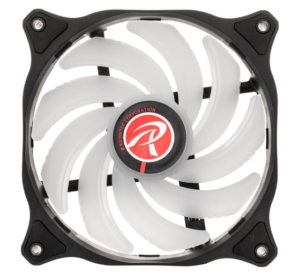
What are PWM Fans?
PWM or Pulse Width Modulation fans, are a form of air cooling. What sets PWM fans apart is that they are connected via a 4-pin motherboard header, which can control the speed. Utilising on/off power cycles, the speed (RPM) can be adjusted via software to alter how fast the fans rotate.
You can configure PWM fans to match your PC’s temperature. If your PC heats up, the speed of the fans will increase to improve overall airflow. On the other hand, if your PC is cool and not experiencing any additional stress, the RPM will be at a minimum, resulting in a near-silent operation when not under heavy loads.
Advantages
- More efficient
- Better speed control
- Quiet
Disadvantages
- Often more expensive
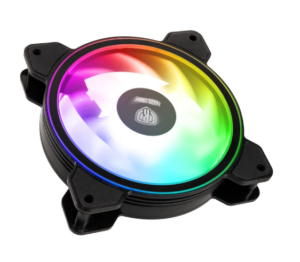
Kolink Umbra HDB aRGB LED PWM 120mm Case Fan
- 1 x 120mm aRGB PWM fan
- Features 12 aRGB LEDs on the inside and 9 LEDs on the outside
- Adjustable speed control via the PWM connector
- Anti-vibration pads for a near-silent operation
Phanteks SK140 Black dRGB PWM 120mm Case Fan
- Triple pack of 140mm PWM fans
- Feature a nine blade design with 12 integrated dRGB LEDs
- Includes rubber dampeners for stability and a quiet operation
- Includes a dRGB adapater and splitter cable for your motherboard
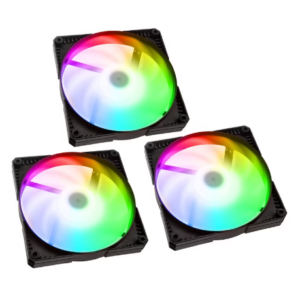
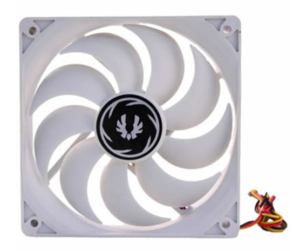
What are DC Fans?
DC or Direct Current fans utilise the 3-pin motherboard header and have a fixed voltage. The most common voltages are 5V and 12V. What’s more, DC fans have three different wires, which are power, ground, and tachometric or ‘tach’ output.
DC fans typically perform at maximum RPM and unfortunately can’t be controlled, but they usually only require a small amount of voltage to spin at max speed.
Advantages
- Only need a small voltage to spin continuously
- Less expensive
Disadvantages
- Can’t control the speed
- Loud
San Ace 80mm DC Case Fan
- 1 x Black 80mm DC fan
- DC axial fan
- 7400RPM
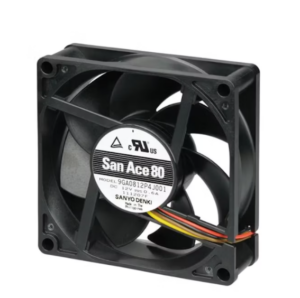
Compatible Motherboards
To utilise PWM or DC fans, you will need a compatible motherboard with a suitable header. Most modern-day motherboards come equipped with a 4-pin header, which you can plug both PWM fans and DC fans into.
But fear not! We’ve included a few examples of some of our top motherboards that feature a compatible 4-pin header.
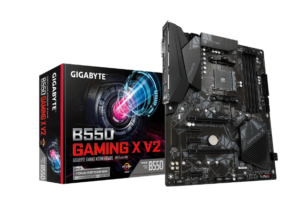
Gigabyte B550 Gaming X V2 ATX Motherboard
- Compatible with PWM and DC fans
- Supports AMD Ryzen 5000, 3rd Gen Ryzen series with and without Radeon Graphics CPUs
- Features DDR4 RAM and PCIe Gen 4.0 capabilities
- Includes Smart Fan 5 for intelligent fan control
ASUS TUF Gaming B660-Plus DDR4 ATX Motherboard
- Compatible with PWM and DC fans
- Intel LGA 1700 socket
- Compatible with DDR4 RAM and PCIe 5.0
- Wi-Fi 6
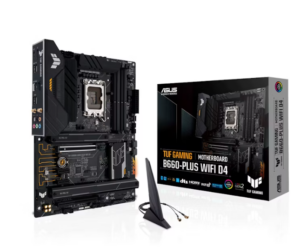
PWM vs DC Fans – Which One Did You Go For?
PWM vs DC – which type of fans did you opt for in your PC and why? Let us know in the comments.

DC fans, you can control the speed with voltage, Asus Fan expert 4 can anyway.
When using them you wouldn’t know if they were PWM or DC.